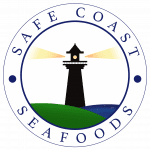In this article, we define sustainable fishing in 4 steps:
- Define Sustainability
- Establish a View of Fish
- Understand the Ecological Challenges of Fishing
- Discuss Current Sustainable Fishing Solutions
Step 1: Define Sustainability
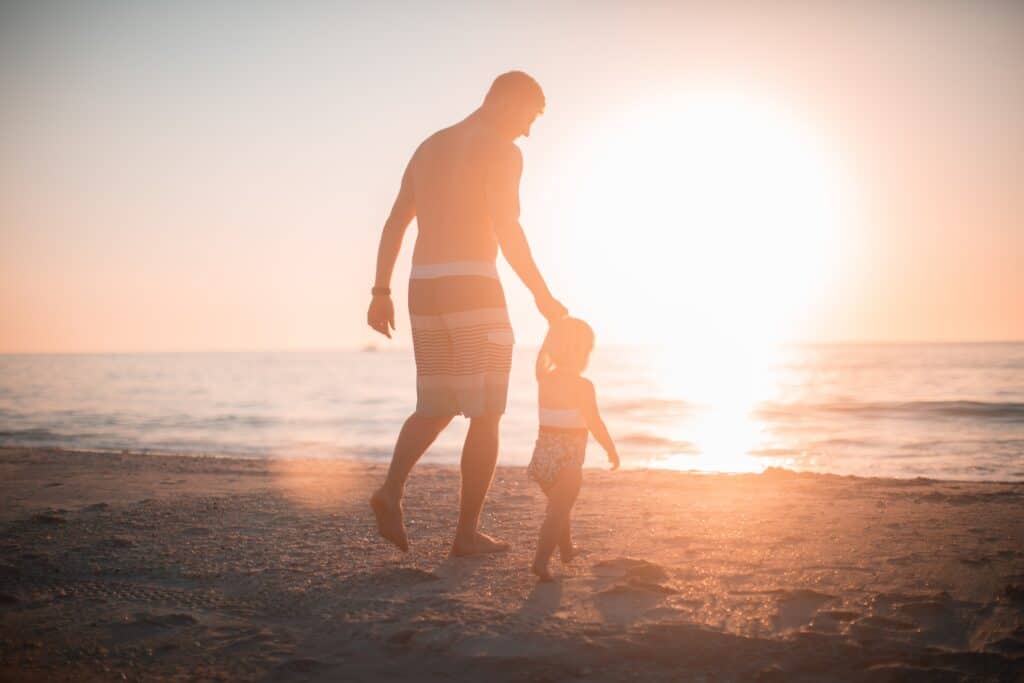
The word “sustainability” has become so commonplace, it’s almost lost its meaning. A working definition is in order.
We’ll use the definition established by the U.N.’s Brundtland Commission: “meeting the needs of the present without compromising the ability of future generations to meet their own needs.” This provides a solid foundation for discussing sustainability as it relates to fishing. Next, let’s establish how we view fish.
Step 2: Establish a View of Fish
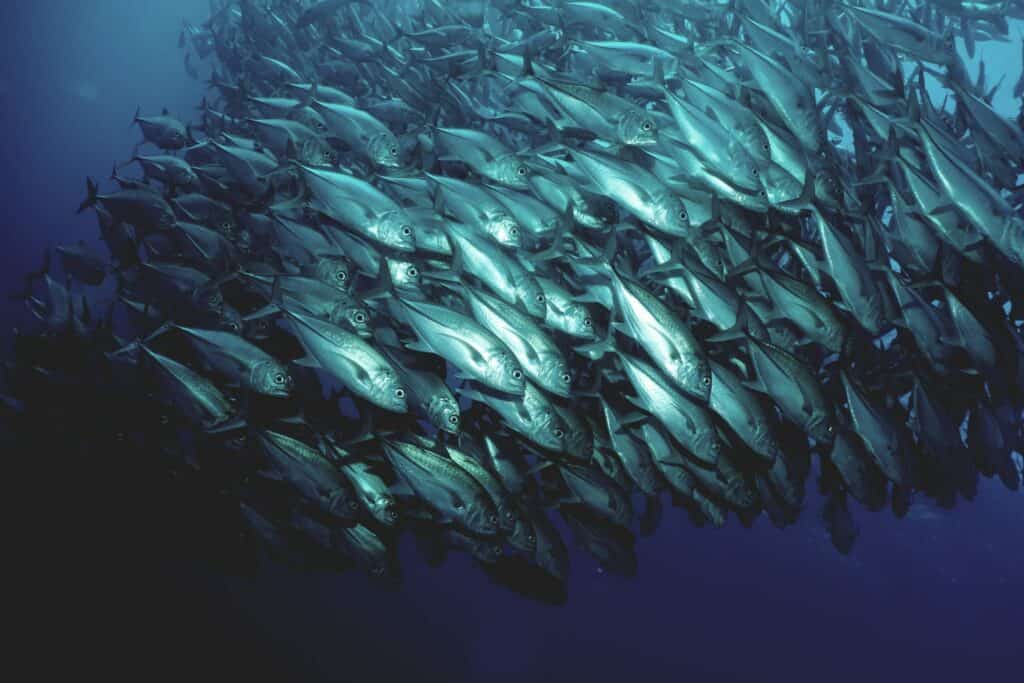
To have an effective discussion about sustainable fishing, we need to establish how we view fish. There are two main schools of thought:
- Fish are animals, like monkeys or elephants. Those who hold this view believe that fish stocks need to be restored to pre-human levels–this would mean no more fishing.
- Fish are a resource, like chicken or bananas. Those who hold this view believe that fish are for our consumption.
It shouldn’t come as a surprise that Safe Coast Seafoods views fish as a resource–and a very important one at that.
According to the U.N., fish is “our most important single source of high-quality protein.”
We agree.
Fish is one of the only natural sources of iodine, selenium, iron, and omega 3s. These nutrients form the foundation upon which one can build healthy levels of metabolism, emotional health, and cognitive performance.
In addition, fish contributes to significantly less greenhouse gases than livestock or agriculture. Fishing also requires very little land and blue water compared to other protein production processes. Fishing is also a robust economic engine: it employs over 39 million people around the world. Fish truly is an amazing resource.
But will this resource last?
With the right management practices, it will. Let’s first understand the problem.
Step 3: Understand the Ecological Challenges of Fishing
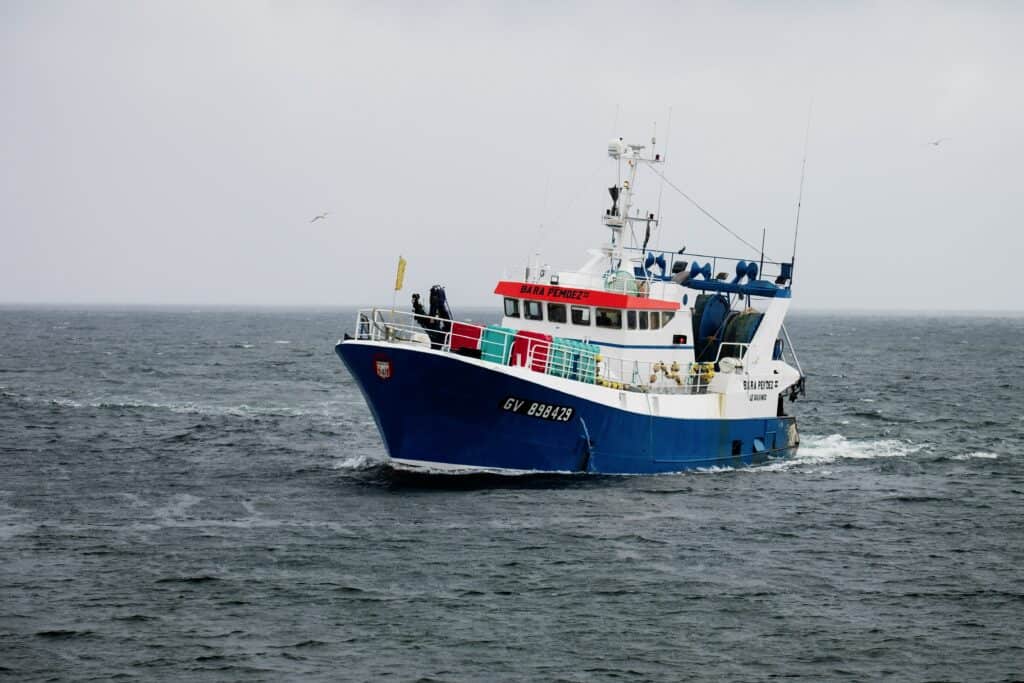
The ecological challenges of fishing include maintaining fish stocks, minimizing pollution, and maintaining habitats. Maintaining fish stocks is the most immediate and actionable issue to address, so we will focus on it here.
A fish stock is a regional fish population of a certain species, like Alaskan Halibut. Maintaining fish stocks is crucial to securing the future of fishing. In order to maintain them, we need to manage them. In order to manage them, we need to measure them.
Fish stock assessments measure the abundance, biological factors, and catch rates of fish stocks. The RAM Legacy Database, a product of the University of Washington, is the most widely accepted fish stock assessment database in the world. While RAM only covers 50% of the world’s fish stocks today, it is growing rapidly.
In 2009, RAM only covered 166 of the world’s fish stocks. Today, it covers over 1200 (Our World in Data). Organizations like the U.N. Food and Agriculture Organization (FAO) and NOAA Fisheries rely on RAM to determine the health of fish stocks and implement management practices.
In a 2018 report of worldwide fisheries, FAO stated that 66% of fish stocks are harvested at a maximum sustainable yield and 34% are overfished. What does this mean?
Maximum sustainable yield (MSY) is the most amount fish that can be harvested from a given stock without depleting it over time. In other words, MSY produces an equilibrium between fishing and fish reproduction such that the stock is neither growing nor shrinking. 66% of the fish stocks in the world are fished at this level. Overexploited stocks are those that are fished at above the MSY and will be depleted over time if nothing is done.
34% of the fish stocks in the world face this risk.
At first glance, “34% of stocks overfished” looks bleak, but here’s an important caveat: just because 34% of fish stocks are overfished, it doesn’t mean 34% or our seafood is caught from overfished stocks. Why?
Not all fish stocks produce the same amount of seafood.
To illustrate this, let’s imagine a world where only two fish stocks exist: Stock A, a sustainably fished stock, and Stock B, an overfished stock. Stock A may produce 80 tons of seafood a year while Stock B only produces 20. By the numbers, 50% of our imaginary world’s fish stocks are overfished, but only 20% of the seafood is caught via overfishing.
It turns out that only 20% of this world’s seafood that is caught via overfishing—a little more optimistic than 34%. However, there is still a lot of room for improvement. In the next section, we’ll discuss what the U.S. is doing to address the ecological challenges of fishing.
Step 4: Discuss Current Sustainable Fishing Solutions
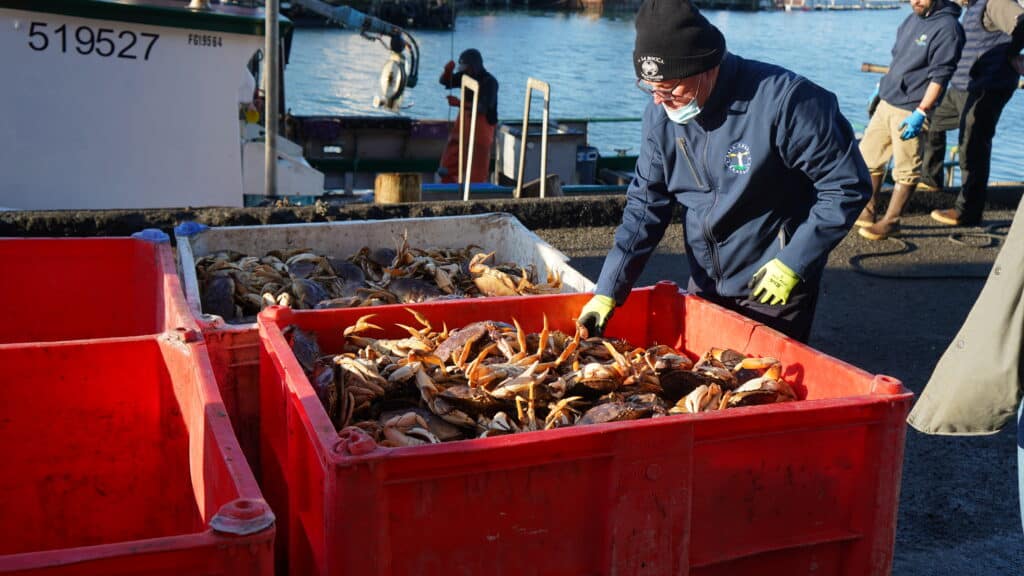
In 1970, NOAA fisheries was established in the United States as the governing authority of the nation’s fisheries. In 1976, Congress passed the Magnusson-Stevens Act (MSA), the first federal law governing national fisheries. Today, the MSA remains the primary sustainable fisheries law in the United States.
Under MSA, NOAA Fisheries is required to work with 8 regional fisheries councils around the country to establish fishery management plans. Regional fishery management councils are made up of members from the fishing community, scientists, and government officials (see a full list of the Pacific Fishery Management Council members here). As these councils work with NOAA to build fishery management plans, they are required to follow 10 National Standard Guidelines.
These beacons of sustainable seafood are codified into MSA and other laws, like The Marine Mammal Protection Act and The Endangered Species Act. We summarize the guidelines below:
10 National Standard Guidelines for U.S. Marine Fisheries
- Each fishery is to prevent overfishing while achieving optimum yield for its region
- Management measures must be science-based
- Each fish stock is managed as its own unit
- Management measures must be allocated equally
- Resource efficiency of fish stocks must be considered
- Plans must allow for variations and contingencies
- Costs should be minimized
- Plans should provide the largest benefit to coastal communities, while considering ecological effects
- Bycatch should be minimized
- Fishermen safety measures must be included in each plan
Preserving Fish Stocks with Optimum Yield
National Standard 1 is directly related to the issue of maintaining fish stocks. According to this standard, the fishing of a specific stock is to be controlled based on its optimum yield (OY). OY is based on the maximum sustainable yield discussed earlier along with important economic and social considerations, like revenue and community pleasure derived from fishing.
Determining OY is no easy task. As one article puts it, “Determining the balance between biological, ecological and socio-economic objectives is a major challenge in fishery management.” But strong economic and ecosystem based modeling along with the diversity of fishery management council members ensure an outcome that all parties can agree on.
Once the OY is determined, fishermen are given quotas of how much of that targeted species they can catch. Catch amounts are then reported by via fish tickets. For example, at Safe Coast Seafoods, every time we offload fish from a boat, we record the amount of each fish species offloaded in an online system. This number is then reported to the Pacific Fishery Management Council.
The implementation and enforcement of fishery management plans have been successful. According to NOAA Fisheries, overfished stocks in the U.S. today are at record lows. While fishing is not 100% sustainable yet, as stock assessments, management practices, and technologies continue to improve, it will become an even more evergreen source of protein and prosperity.
Conclusion
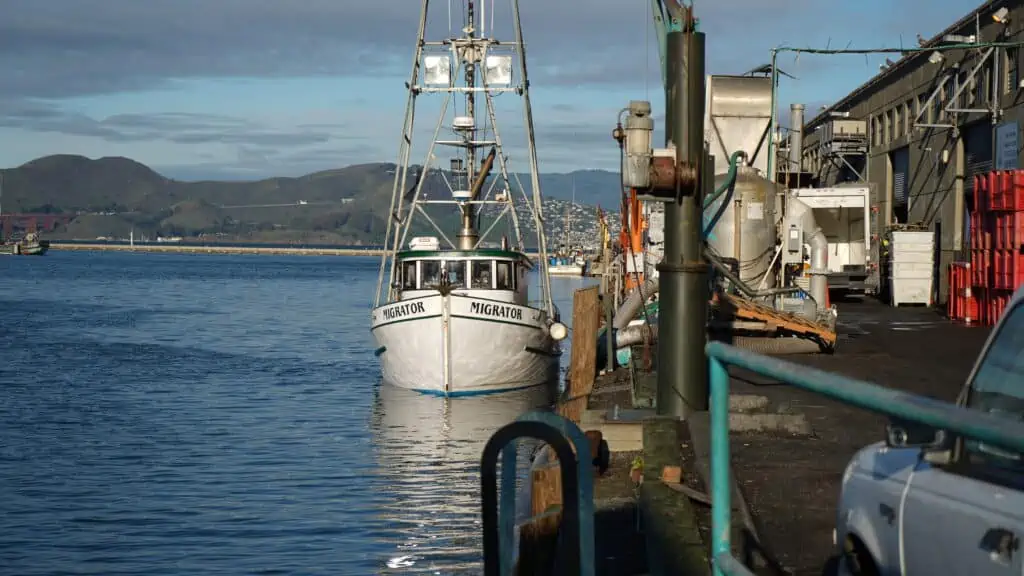
So what is sustainable fishing? Sustainable fishing is following fishing practices that ensure long term health of fish stocks and fishing communities. This is done in large part through measuring the health of fish stocks, implementing plans to harvest from them at a sustainable yield, and enforcing those plans. The U.S. is leading the way: NOAA’s website states, “Thanks to harvest quotas, size limits, and other management measures, consumers can be confident that U.S. seafood products are sustainably harvested.”
Other countries are getting on board as well.
An important clause of the MSA charges the U.S. with pushing seafood sustainability around the world. As more countries adopt high standards of seafood sustainability, we will approach our goal of making fishing a global source of protein and prosperity far into the future. By focusing on U.S. caught seafood, Safe Coast Seafoods is proud to support this movement of ensuring the world can enjoy the ocean’s resources forever.
Bonus: Busting the Empty Ocean Claim
Headlines and documentaries have claimed that oceans will be empty by 2048. What are these claims based on?
In 2006, Boris Worm and colleagues published a paper plotting the percentage of fish stocks that had collapsed beyond repair. When they extrapolated the best-fit line, it led to an empty ocean in 2048. The problem was, the paper’s original prediction was based on catches, not on fish stocks.
With the founding of RAM, a more accurate picture of fish stocks has been brought to light. A new plot paints a much more accurate picture, one that shows fish stock numbers stabilizing thanks to effective fisheries management. The best-fit line ending in a fish-less ocean was busted.
Worm and colleagues have since published papers correcting their original claim.
Safe Coast Seafoods is one of the largest shellfish and locally caught ground fish suppliers on the west coast. Located in San Francisco, Ca; Crescent City, CA; and Ilwaco WA, we receive the ocean’s finest when it’s freshest, and distribute to local and global customers.
